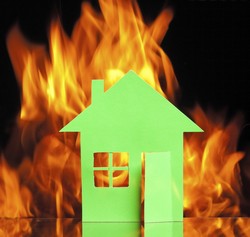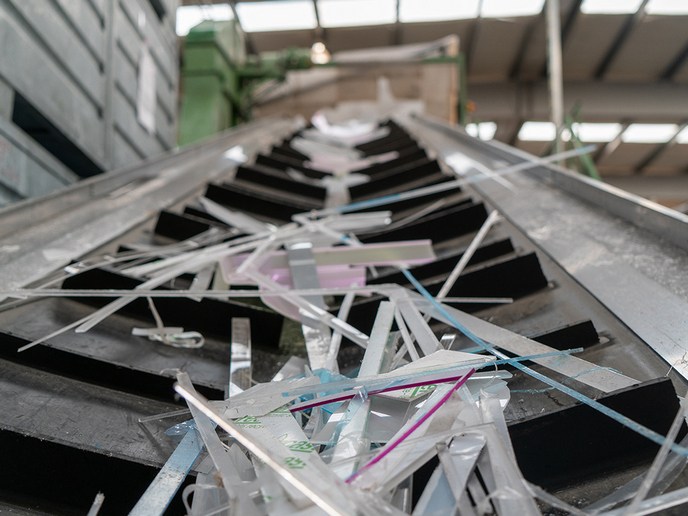Safer, greener fire retardants
The DEROCA(opens in new window) (Development of safe and eco-friendly flame retardant materials based on CNT co-additives for commodity polymers) project exploited the synergistic effect of carbon nanotubes (CNTs) with phosphorus based FRs and other new promising additives in intumescent or carbon crust formation systems. Project partners developed test methods and assessed the safe use and absence of toxicity of the new FR materials. Target applications included stadium chairs, corrugated pipes for protecting electrical cables from crushing, wires and cables sheaths, insulation foams, and industrial fan blades for ventilation and air conditioning systems. Test results provided a greater understanding of the interactions between CNT and different FR additives. Although some early results were not very convincing regarding the ability of CNTs to prevent fire, new approaches were developed to optimise CNT properties. Cone calorimeter and UL-94 results (the Standard for safety of flammability of plastic materials for parts in devices and appliances testing) showed an improved and strengthened charring effect. Project findings also revealed a drastic reduction in dripping and flame spread rate as well as an additional synergistic effect with phosphorus based FRs. This has led to solutions for fire resistant thermoplastics; in particular, a halogen-free FR (HFFR), which surpasses the UL-94 standard. The European Commission's Construction Products Regulation (CPR) has recently been expanded to include cables and wires, which must meet the new EN 50399 standard for fire performance. Researchers successfully developed a small-scale test of vertically mounted cables to accurately reproduce the behaviour of the cable in the EN 50399 test apparatus. Together with a pyrolysis model of the small-scale test, designers now have the means to screen new materials for compliance. Furthermore, promising results were obtained regarding the characterisation of smoke production from burning polymers under different fire conditions. Results were validated with comprehensive data from polymers with and without FRs, representing a valuable tool for assessing fire toxicity, inhalation hazards and heat transfer. Finally, researchers are developing a life-cycle assessment for FRs to assess their environmental impact from cradle-to-grave. These developments should benefit the European stakeholders as well as EU citizens who will be using safer, less expensive and more eco-friendly products in the very near future.







